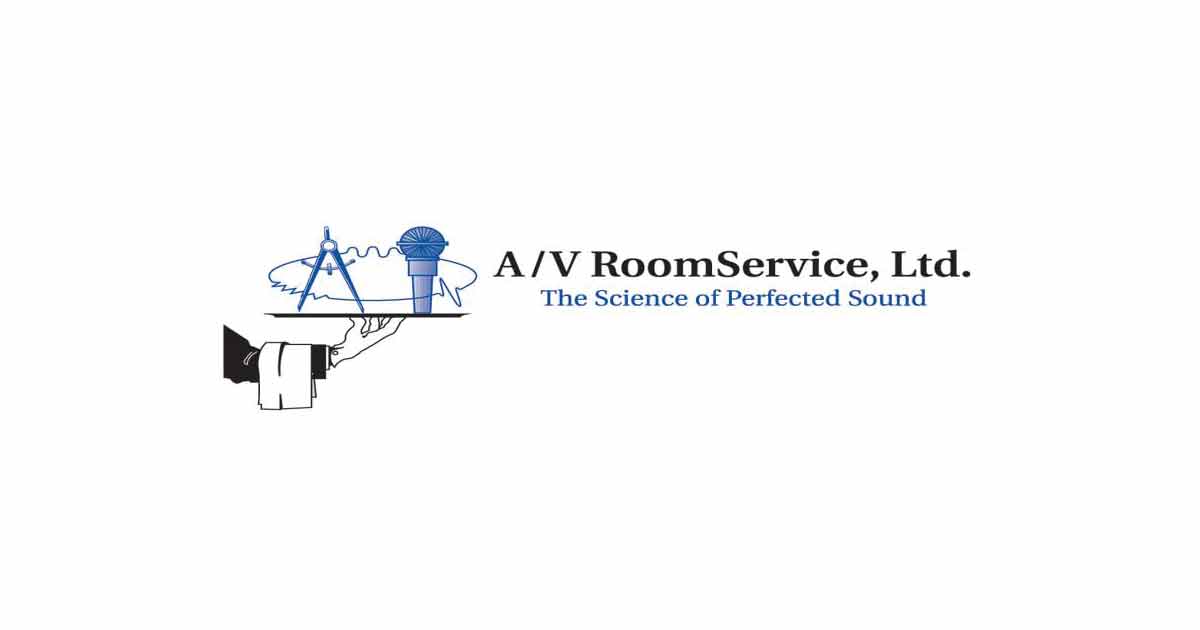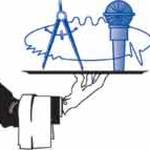panditji
Well-Known Member
Buy Nankarrow IsoMat-HD™ High Density Impact & Airborne Sound Barrier in India direct from manufacturer, high quality, best price, fast delivery, 5 Year Warranty
Buy Nankarrow IsoMat-HD™ High Density Impact & Airborne Sound Barrier in India from manufacturer at the lowest & best price. Aural Exchange offers high quality products, same day shipping via Fedex and Delhivery , 5 Year Warranty on all products. Buy India's largest range of Elastomeric Sound...
Would like to know the negatives of using the above product as isolation/decoupling of heavy speakers or the wooden audio rack or audio equipment. I plan to use them as a sheet under the Tannoys as well as the heavy wooden audio rack (or place them under the laptop and amplifier sitting on the rack) ..
It seems to be perfect for such use but since I am not an engineer, I like like to know what could go wrong in using the above product for the above mentioned equipment...
Thanks in advance...



